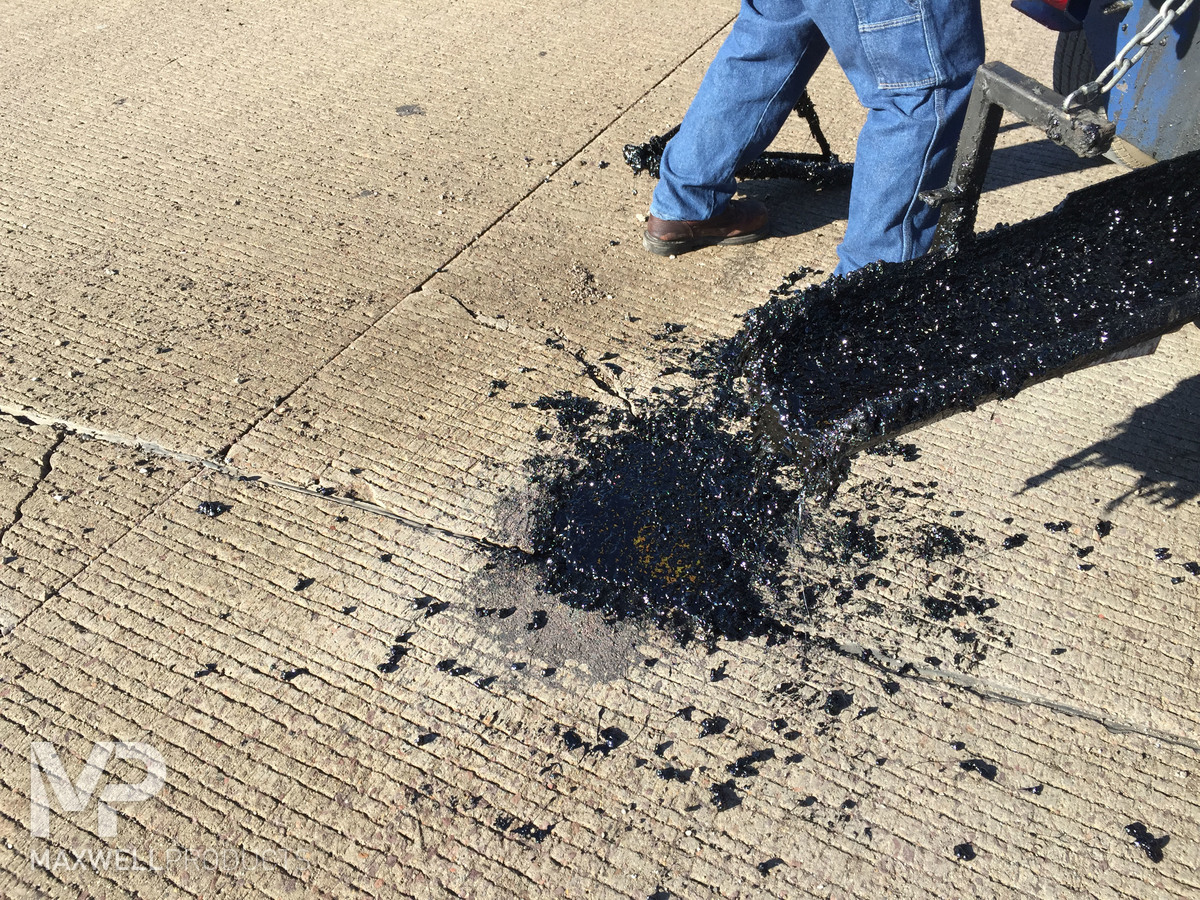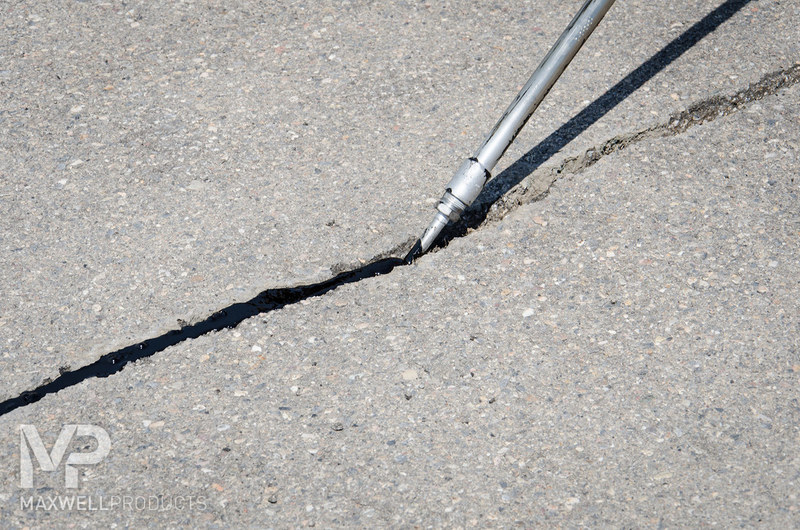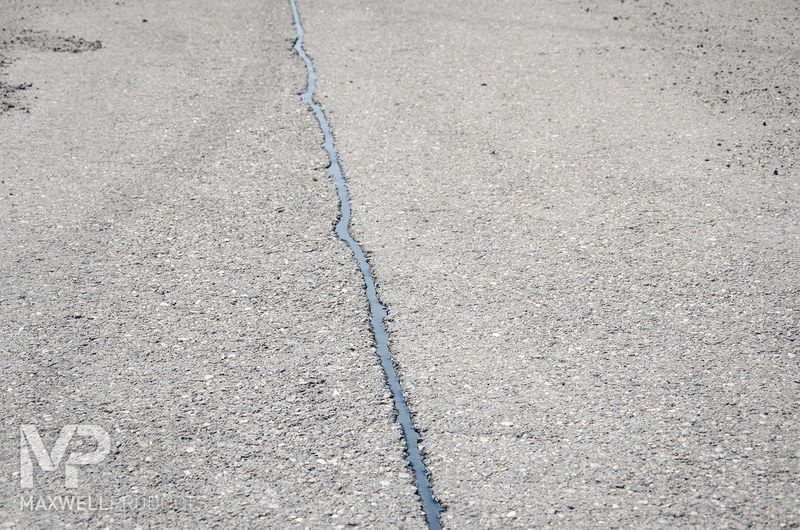What is the biggest headache for mayors around the country? Certainly maintaining public services is important. Yes, mayors most assuredly think about campaign funding and being re-elected, but their greatest on-the-job concern just might be potholes.
Potholes, literally pot-like holes in the roadway that make that awful KA-CHUNK sound when motorists drive over them. No municipality is exempt from the onset of the dreaded pavement crater, which means more calls to the mayor’s office. It means angry constituents, as well as more aspirin and budget meetings.
Here’s a small sampling from around the country of mayors dealing with potholes:
- Some mayors are hoping for divine intervention. In 2015, Jackson, Mississippi Mayor Tony Yarber, who is also the founder and pastor of the Relevant Empowerment Church, Tweeted, “Yes. I believe we can pray potholes away. Moses prayed and the seas opened up.” (In 2016, he turned to city workers to repair the damage in a video for his “We Are Jackson” campaign.)
- In Houston, Texas, Mayor Sylvester Turner employed a more secular solution. His pothole initiative includes a “311 Help and Information Line,” as well as a new 311 pothole reporting app.
- In 2016, Boston Mayor Martin J. Walsh instituted a similar policy, repurposing the city’s 311 mayor’s hot-line number to report road defects, as well as launching a social media piece and the BOS:311 reporting app.
- On the left coast, Compton, California has thousands of potholes on hundreds of miles of roadway. It has gotten so problematic that Compton residents voted for a one percent sales tax hike last election to help provide funds to fix them. Potholes definitely appear to be on the mind of Mayor Aja Brown, especially a more effective and permanent fix. According to NBCLosAngeles.com, the mayor herself acknowledged that cold-mix asphalt was only a stop-gap measure.
And it’s not just the leaders of our communities who are getting headaches from potholes. The poor condition of the nation’s roads costs the average driver $515 annually in additional vehicle maintenance cost. This is money the average motorist will spend, above and beyond regular maintenance, due to the conditions of the roadways on which they drive. Christopher Ingraham of the Washington Post’s Wonkblog calls the $515 average figure “a hidden pothole tax. By comparison, the average driver is paying only $97 a year in federal gas taxes, according to the American Transportation Builder’s Association.”
The data, collected by TRIP, a national transportation research group, also note that 28 percent of the roads in the United States are rated “poor,” meaning they cannot be simply resurfaced and must be removed and replaced. The District of Columbia has the worst roads in America, according to the data analysis, with 92 percent of roads rated “poor,” while zero percent rate “good.” (In 2016, the District Department of Transportation held a month-long Potholepalooza and filled 16,760 potholes.) On the state level, California has the worst roads of the union’s 50, with 51 percent of roads receiving a “poor” rating.
These figures illustrate the gap between crack sealing and removing and replacing pavement. The cost of repaving is high. A 2014 report published in USA Today noted that the national average for paving was $162,200 per lane mile, with New Jersey topping out at $2 million per lane mile. The cost of vehicular maintenance due to the poor roads is high. So what can be done when crack sealing isn’t enough?
That’s where Maxwell Products’ GAP-Mastic™ and GAP-Patch™ comes in. Hot-applied GAP-Mastic and GAP-Patch pavement preservation products have closed the large divide between crack sealing and repaving. Versatile, durable, and effective, GAP-Mastic and GAP-Patch do more than just repair pavement, they upgrade it.
- Flexible: These products employ a highly flexible, thermoplastic asphalt binder. This creates a repair that moves with the surrounding pavement, not against it.
- Adhesive: These materials are second to none when it comes to adhesion. Proprietary inteliBond™ active bonding technology allows GAP-Mastic and GAP-Patch to create a solid, thermal bond with the surrounding pavement, sealing out water and ensuring a long-lasting repair.
- Durable: These products combine the flexibility and superior adhesion of hot-applied, polymer-modified asphalt binder with the stability of high-strength, engineered aggregates for a repair that greatly outperforms the pavement it’s replacing. GAP-Mastic and GAP-Patch materials deliver a more permanent, impact-resistant, load-bearing repair.
- Convenient: GAP-Mastic and GAP-Patch are delivered in Maxwell Products’ patented, industry-leading PolySkin™. This unique, fully meltable packaging solution reduces cardboard waste and improves safety and melting time.
GAP-Mastic
GAP-Mastic solves a wide array of pavement maintenance problems quickly and permanently. It is a budget-saving, versatile, hot-pour solution for wide cracks, shallow cupping and depressions, fatigue cracking (alligatored areas), small voids and potholes, open seams, and more. GAP-Mastic is designed to bond tightly to surrounding pavement, seal out water infiltration, and handle vehicle and pedestrian traffic, snowplows, and weather so well that it’s easy to forget a problem ever existed.
What makes GAP-Mastic different from other mastics on the market? Flexibility: The GAP-Mastic binder has been shown in laboratory tests to stretch up to 800% before losing adhesion, allowing GAP-Mastic to simultaneously accommodate thermal movement and seal out moisture. Penetration: GAP-Mastic is less viscous than other mastics, allowing the material to penetrate deeper into cracks, crevices, and voids without bridging. Ease of application: Because of its proprietary formulation, GAP-Mastic is easier to apply. Crews can easily manipulate, smooth, and adjust the material prior to setup.
GAP-Patch
GAP-Patch is a new, robust, hot-pour pavement preservation solution engineered to repair areas of greater pavement distress, such as utility cuts and trenches, cupping, rutting, depressions, large voids and potholes, raveling, and more. GAP-Patch is designed to be a stronger, more cost-effective, enduring solution, allowing crews to fix a problem once and move on.
- Adhesive strength: GAP-Patch bonds firmly to surrounding pavement and remains solidly in place.
- Cohesive strength: Because of the polymer-modified, thermoplastic asphalt binder, GAP-Patch remains bound together. The material doesn’t come apart or ravel out within days (or hours), leaving an unsightly mess of material strewn about the roadway.
- Impact resistance: GAP-Patch employs high-strength, engineered aggregate that suspends well, creating a reinforced, homogeneous material. The applied GAP-Patch material provides better traction and resists pushing, shoving, and slippage.
- Flexibility: The GAP-Patch binder has been shown in laboratory tests to stretch up to 800% before losing adhesion, allowing the material to simultaneously accommodate thermal movement and seal out moisture.
GAP-Mastic and GAP-Patch products are tested, proven, and permanent preservation solutions for pavement distress that goes far beyond simple crack sealing. This innovative material greatly reduces cost and time to traffic, restores the pavement ride, and effects stable, durable, moisture-sealed, load-bearing repairs. So if you’re a city mayor, administrator, roads superintendent, public works employee, pavement contractor, or just plain John Q. Public and potholes are giving you headaches, GAP-Mastic and GAP-Patch are your pain relievers. (Aspirin doesn’t fix potholes.)






